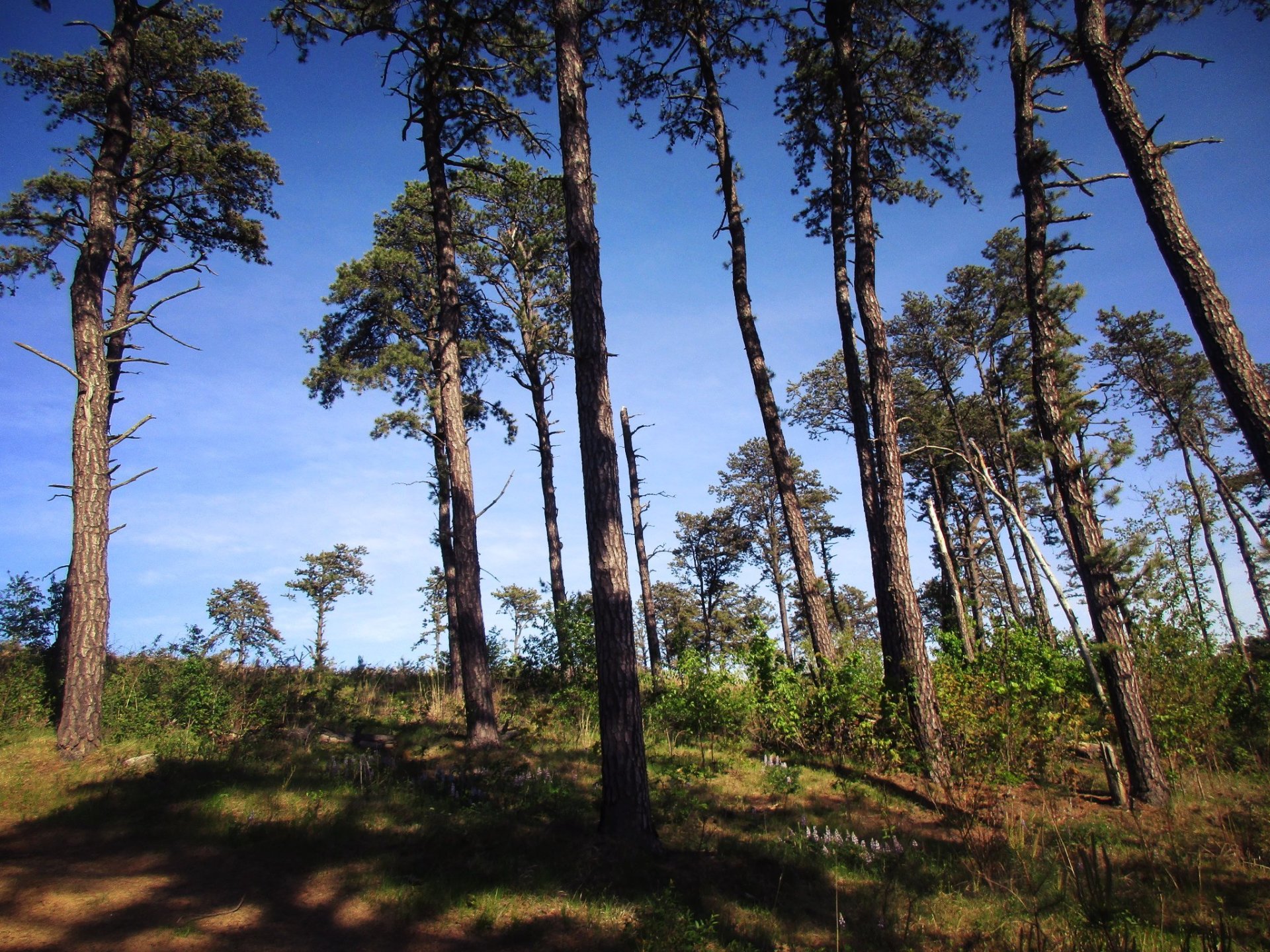by Gregg Bell
ALBANY: At the September Pine Bush dinner I gave a talk on biogas. For most Americans, biogas is a new idea. While biogas is actually an ancient technology, and while it is used extensively in developing countries and in Europe, there is still limited understanding of it here in the US.
Given this situation, I structured my slide show half around low-tech biogas as used in developing nations to illustrate its benefits and its simplicity. The other half was about high-tech biogas as used in Germany to show its possibilities.
Biogas, also called anerobic digestion, is similar to compost. The compost process is the natural biological breakdown of organic wastes where oxygen is present. Compost happens in backyards for free. It is widely understood and widely practiced. Composting gets rid of unwanted organic waste food or plant wastes. The resulting material is a rich additive for the soil in your garden. However, that’s it. There are few other benefits from composting.
Like compost, anerobic digestion is a natural process of the biological breakdown of organic wastes. The only difference is that it happens where no oxygen is present. The result of anerobic digestion is mostly methane and carbon dioxide. Anaerobic digestion can happen in a landfill where the resulting methane is uncontrolled and drifts into the atmosphere. There, it is twenty times as destructive as a global warming greenhouse gas as is carbon dioxide. Unlike composting and landfills, intentional biogas is produced in highly controlled environments, and it produces numerous benefits. With a biogas digester, all of the methane is captured, destroyed, and used productively. None escapes into the atmosphere.
In India, simple digesters for the use of one family are sold for $115 by an appropriate technology non-profit organization. In Indonesia, biodigesters are made from plastic bags for almost nothing. Across the second and third world, two million simple digesters are currently saving forests and earning money for families. Instead of desperately foraging further and further into the woods every day for sticks to burn to cook their food, more families are using food wastes and animal manure to generate methane which they burn in simple gas cooking stoves.
In May, on a company study trip, I was fortunate enough to visit three advanced biogas plants and engage in two days of discussion with a biogas engineer. Germany leads the world in high-technology biogas, currently with about 4,200 high-tech medium-to-large biogas plants. In contrast, the United States has a grand total of 125 digesters. Plants of the German type use the methane in internal combustion engines typically to create 1 to 2 MW of electricity and an equivalent amount of useful heat. In addition, the digestion process eliminates pathogens from manure and other input materials and the resulting material ends up similar to compost as a nutrient-rich soil additive. Air emissions from high-tech biogas plants are minimal.
Used on dairy farms, biogas plants eliminate the most serious impact of the farming operation, namely cow manure. Every cow creates 120 pounds of manure every day. Many farms in central New York have 1,000 to 2,500 cows. You do the math. Just imagine the enormous piles of cow manure which is being generated every day in our state. Where do you think that manure goes? Despite excellent programs operated by county soil and water conservation districts across the state to mitigate the problem, some of that manure finds its way to streams and lakes, where it becomes drinking water. Biogas plants scattered across farm areas would eliminate manure run-off into bodies of water and would eliminate atmospheric methane produced at the bottom of huge manure piles, all while producing environmentally clean electricity and heat.
Used in urban areas, biogas plants have many benefits as well. There, they remove half of what goes into landfills. They eliminate potent methane greenhouse gas from oozing out of landfills into the upper atmosphere. Then, on top of preventing these environmental negatives, biogas plants produce clean, useful heat and electricity.
I call biogas a huge environmental benefit. The reason the US is so lax in using this promising technology is the opposition of the utility industry and government policy concerning wholesale electricity payments to producers of alternate energy.
Published in the October/November 2009 Newsletter
